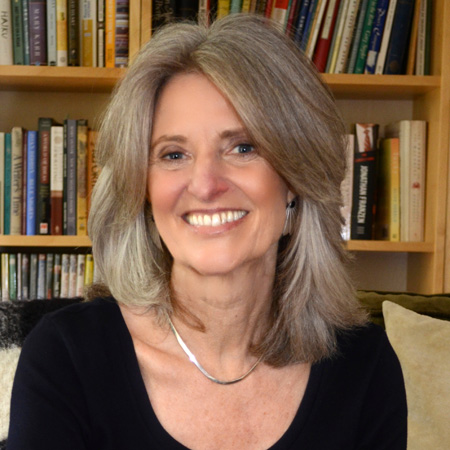Each fall, I light a candle for my mother, who died in a quiet hospital bed. She wasn't in a nursing home and she wasn't plugged into machines. She died the way she wanted to die, because she was willing to die too soon rather than too late.
Don't get me wrong. She loved life. But when she was 84 a doctor recommended surgery for two leaky heart valves. She weighed the risks of stroke and dementia, and she said no.
"Are you sure?" I asked. "The surgeon said you could live to be 90."
"I don't want to live to be 90," she said.
Her doctors were upset, but the elderly can be like Humpty Dumpty -- seemingly fine until a surgery or mishap sets them on a rapid downward spiral. A quarter of Medicare's entire budget goes to treatment in the last year of life. A third of us get "Hail Mary" surgeries during that final year, and a fifth die in Intensive Care.
